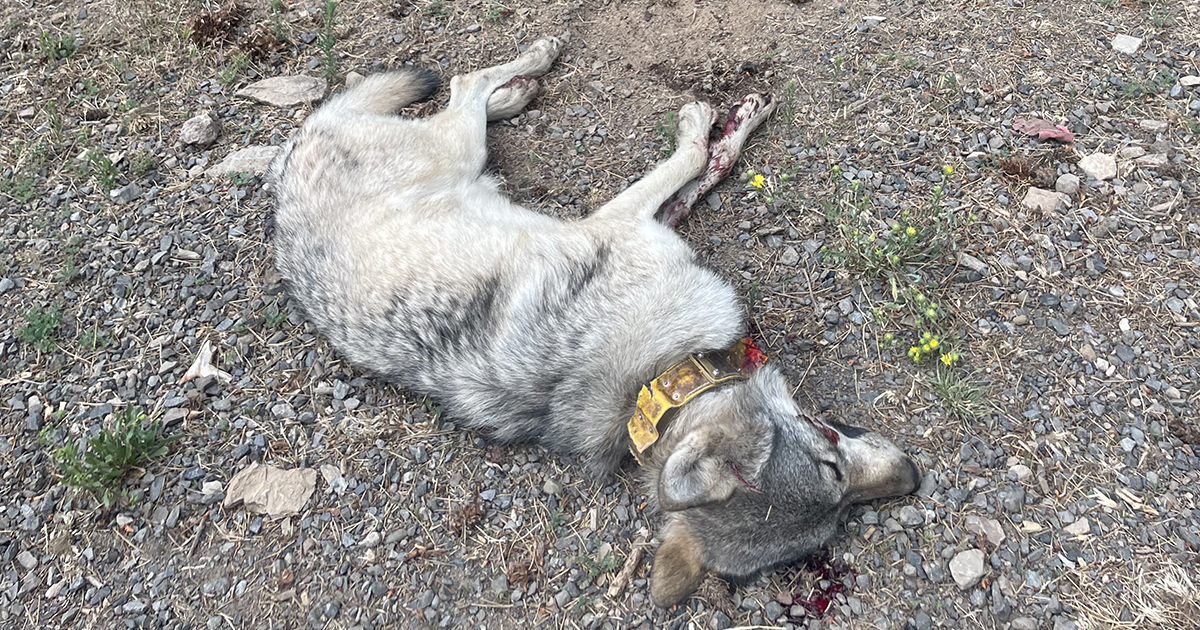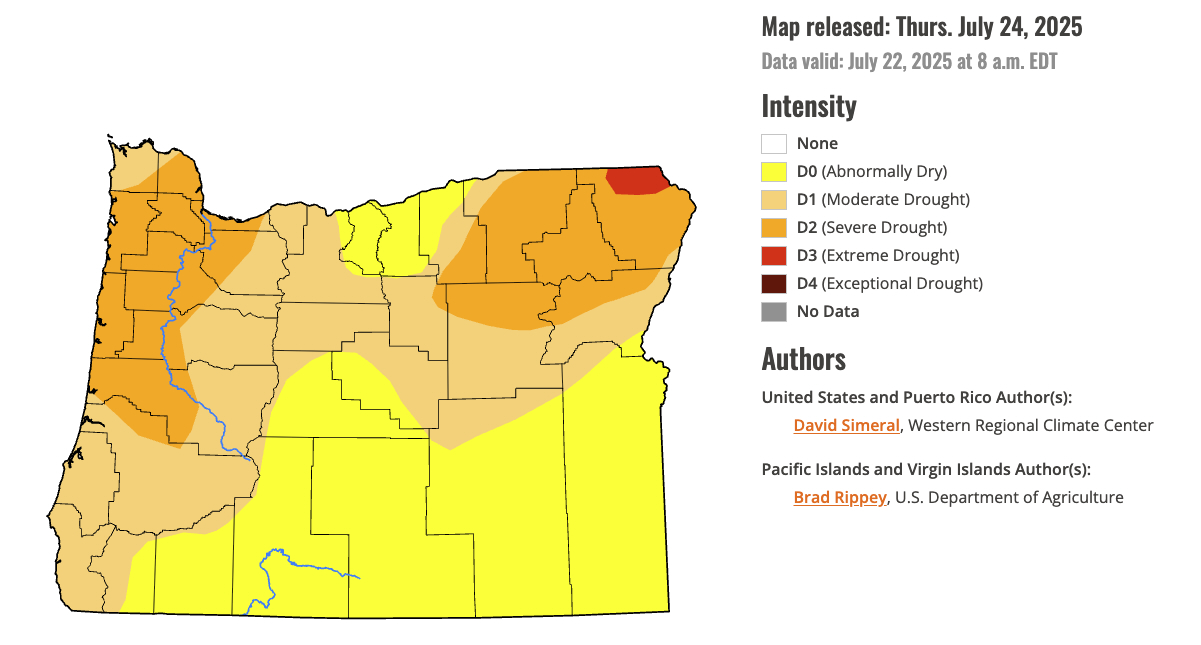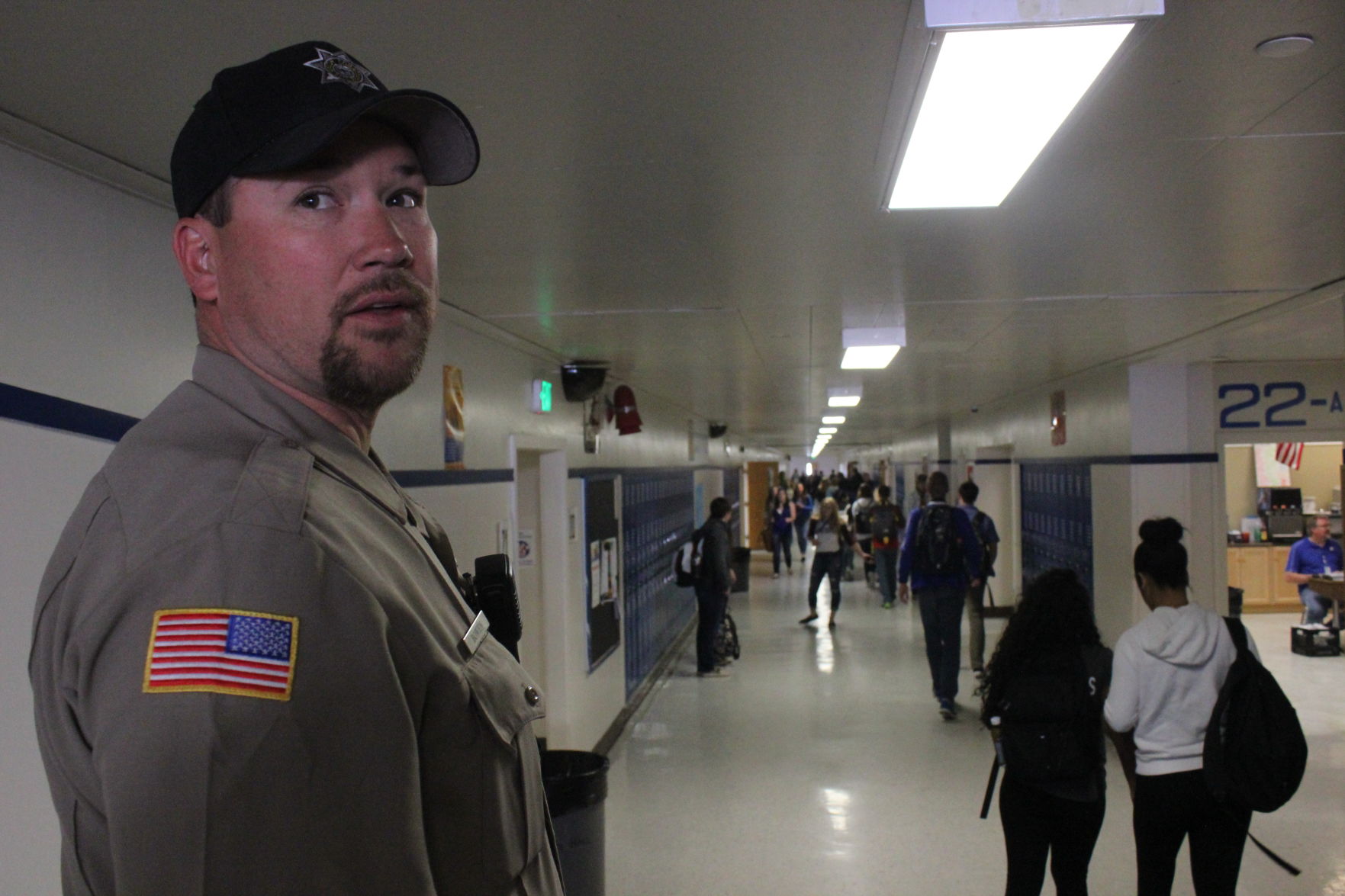Early fly takes the big trout
Published 3:00 am Saturday, April 13, 2024

- Lewis
Packing the truck, I thought to myself, dad had a net in the boat already. But I like my net with its extra long curly maple handle and large hoop. I thought, maybe we need two nets this time. I was right about that.
Trending
Dad glanced down at the screen as we motored away from the launch. “Forty-one degrees,” he said. A wind chop blew winking wavelets on the water and we knew we would fight wind all afternoon.
Dad pointed the bow toward a landmark on the other side of the lake and lined up to troll to one of his favorite spots.
In March and early April, the trout are hungry, the water is warming and the bugs are starting to pop. Trout that wintered over are healthy and strong and on the prod. I had inside information some large brood trout were stocked in the lake within the last two weeks. And I knew there had been good carryover from last season.
Trending
Dad was fishing with a floating line and a sink tip (he has a two-rod license) and I was using a full sink line on a new custom 4-weight my uncle had built for me.
For a few minutes, I paid out line as the trolling motor plodded along at 1 mph. Then, when I judged the fly was 6 feet below the surface and well back from the boat, I began to twitch it.
We had to round two points, and dad kept the boat over the contour of the ledge. Standing in the bow, I could see the shallows — 3 to 4 feet deep — and where the bottom broke away to darker water. This was where I wanted the flies.
Twitch. Twitch. Boom. A fish struck and shook its head when it felt the steel. It streaked away, deep into the backing, then it came out of the water, showing its rainbow over the blue water, a snow-capped mountain behind.
Dad’s rod was still in the rod holder and it bent over hard, the line ripping off the reel. Dad turned the boat over deeper water and we fought our trout, which seemed as big as steelhead in the deeper water. Dad’s fish fought deep while mine jumped and thrashed at the surface.
When we weighed them later, dad’s fish was 5 pounds at 23 inches and mine was 5 pounds, 7 ounces and 24 inches.
More and more I look at the month of March and the first two, maybe three, weeks of April and think this is the best time of year to catch big trout. This is big trout season.
It’s the time of year when hatchery managers turn their big brood stock fish out, and certain lakes always get more than their share. And as the days lengthen and the sun pokes through the clouds, the bugs begin to move and so do the holdover trout that made it through the winter.
While the water is cold, the bigger fish are aggressive and go for big flies, spinners, small swim baits and stick baits better than they will in May.
Look at the sandy beaches that slope away gently and the flooded cliffs. Both give a clue to the shallows and the deeper water.
Try to figure out the topography of the lake and where the big fish are likely to hold. Expect big trout to stage off the dropoffs where they have in and out access to and from the shallows. When we are in dad’s boat, we can watch the electronics for the big blips that mean big trout and then try to put our flies at the level where most of the fish are. We almost always have two rods apiece. One will be fitted with a floating line and the other with a slow-sink or a sinking line.
On the floating line, we often use a beadhead rubber-legged leech pattern, sometimes with a dropper fly. On a slow 1-mph troll, the beadhead leech might run about 12 inches below the surface.
The sinking line allows us to run an unweighted fly anywhere from 3 to 6 feet deep. Action makes all the difference.
I tried it once on a lake in Patagonia. There were two of us in a guide’s boat and I was fishing what we call second seat, where I have the lower priority and the guide focuses on the other guy. We were using the same flies, but I was twitching mine and catching fish two to one over the other guy. It was kind of satisfying.









